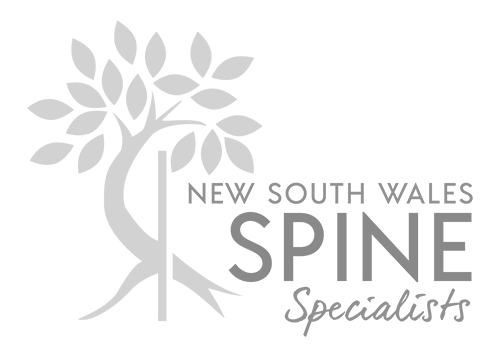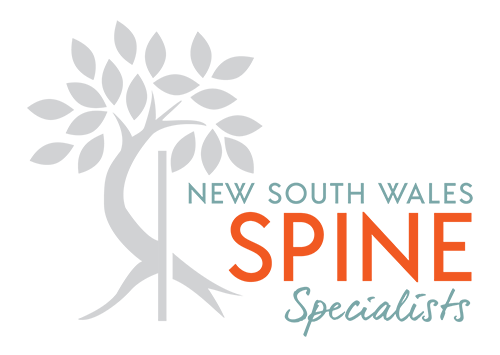The spine has naturally occurring curves that position the head over the pelvis and function as shock absorbers with movement. When these curves are exaggerated or pronounced problems can occur such as back pain, breathing difficulties, and fatigue.
Scoliosis
Scoliosis is a condition where the spine or back bone is curved sideways instead of appearing in a straight line. The most common type of scoliosis is adolescent idiopathic scoliosis which occurs after age 10 and is seen more frequently in girls than boys.
Causes of Scoliosis
Scoliosis can occur at any age. The cause of scoliosis is not known in 80% of cases. This is referred to as idiopathic scoliosis. Dr Hsu and Dr Singh will investigate other possible causes before diagnosing you with idiopathic scoliosis. Scoliosis causes are categorised into two groups:
Non-Structural Scoliosis: This type of scoliosis presents as a structurally normal spine with a temporary or changing curve.
Causes include:
- Differences in leg lengths
- Muscle Spasms
- Inflammatory conditions such as appendicitis
Structural Scoliosis: This type of scoliosis presents with a fixed curve in the spine.
Causes include:
- Birth defects
- Injury to the spine
- Infections
- Neuromuscular diseases such as cerebral palsy and muscular dystrophy
- Tumors
- Connective Tissue Disorders
- Rheumatic Diseases
- Scoliosis Treatments
Treatment of Scoliosis
Treatment of scoliosis is based on Dr Hsu or Dr Singh’s assessment of the spinal curve, its cause, the age of the patient, and how much more the patient may grow. Treatment options include:
Observation:
Dr Hsu or Dr Singh may want to see you every 4-6 months to monitor the curve if your scoliosis is mild with a curve of less than 25 degrees.
Bracing:
Dr Hsu or Dr Singh may recommend wearing a brace to prevent the curve from worsening while the patient is still growing or if your curve is greater than 30 degrees.
Surgery:
If the patient is still growing and the curve is over 40 degrees, or is worsening, surgery may be recommended. The most common surgical procedure for Scoliosis is correction, stabilization, and fusion of the curve.
Lordosis
Lordosis is a condition where the natural inward curve of the spine in the lumbar region, just above the buttocks, is abnormally increased or pronounced. Lordosis is sometimes referred to as swayback.
Causes of Lordosis
Causes of lordosis include:
this condition occurs when one vertebra slips forward in relation to an adjacent vertebra causing misalignment and potential entrapment of the spinal nerves. This condition can be congenital (present at birth) or can develop in childhood or adulthood.
Treatment of Lordosis
The goal of treatment for lordosis is to stop the progression of the curve and prevent deformity from occurring. Treatment for lordosis is dependent on the severity of the condition, the patient’s age, and if there are any neurological deficits present. Treatment options include the following:
Your NSWSS spinal surgeon may want to see you every 4-6 months to monitor the curve if your lordosis is mild.
Kyphosis
Kyphosis is an abnormal curving of the spine usually occurring in the thoracic region resulting in a roundback or hunchback appearance. Kyphosis can also occur in the cervical and lumbar regions although this is less frequent.
Causes of Kyphosis
Causes of kyphosis include:
Compression fractures can occur in the vertebrae as a result of osteoporosis leading to Kyphosis.
Treatment for Kyphosis
Treatment for Kyphosis will depend on the cause of the condition. Treatment options include:
- Bracing: If the cause of Kyphosis is Scheuermann’s disease, Dr Hsu or Dr Singh may recommend wearing a brace to prevent the curve from worsening while the patient is still growing.
- Physical Therapy: Your NSWSS spinal surgeon may recommend referral to a physical therapist to instruct you on a home exercise program to increase your range of motion, flexibility, and strength.
- Medications: If the cause of Kyphosis is osteoporosis, Dr Hsu or Dr Singh may recommend medications to prevent future compression fractures. Kyphosis caused by infections or tumours will also require medications for treatment.
- Surgery: Dr Hsu or Dr Singh may recommend surgery if your kyphosis is debilitating and painful and does not respond to conservative treatment methods. Congenital kyphosis, occurring at birth, usually will require surgery at an early age. Patients with Scheuermann’s disease with a large, painful curve over 60 degrees may also require surgery.
All surgical procedures involve risks. The information provided here is for general educational purposes only. For specific advice regarding treatment for spine deformities, please book an appointment with one of our surgeons.
For appointments and enquiries please phone 1300 975 800
info@ssnsw.com.au
Fax: (02) 9136 7396
8:00 am - 5:30 pm
Monday to Friday

